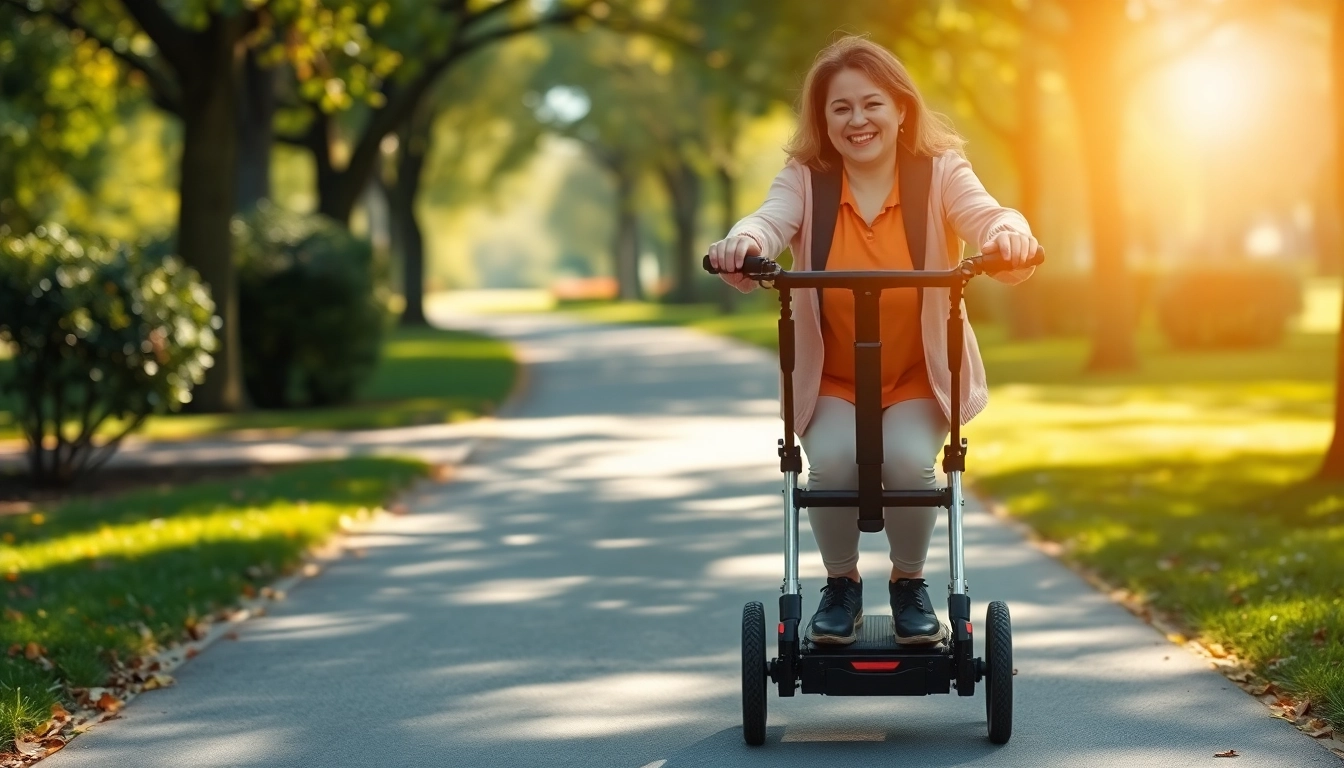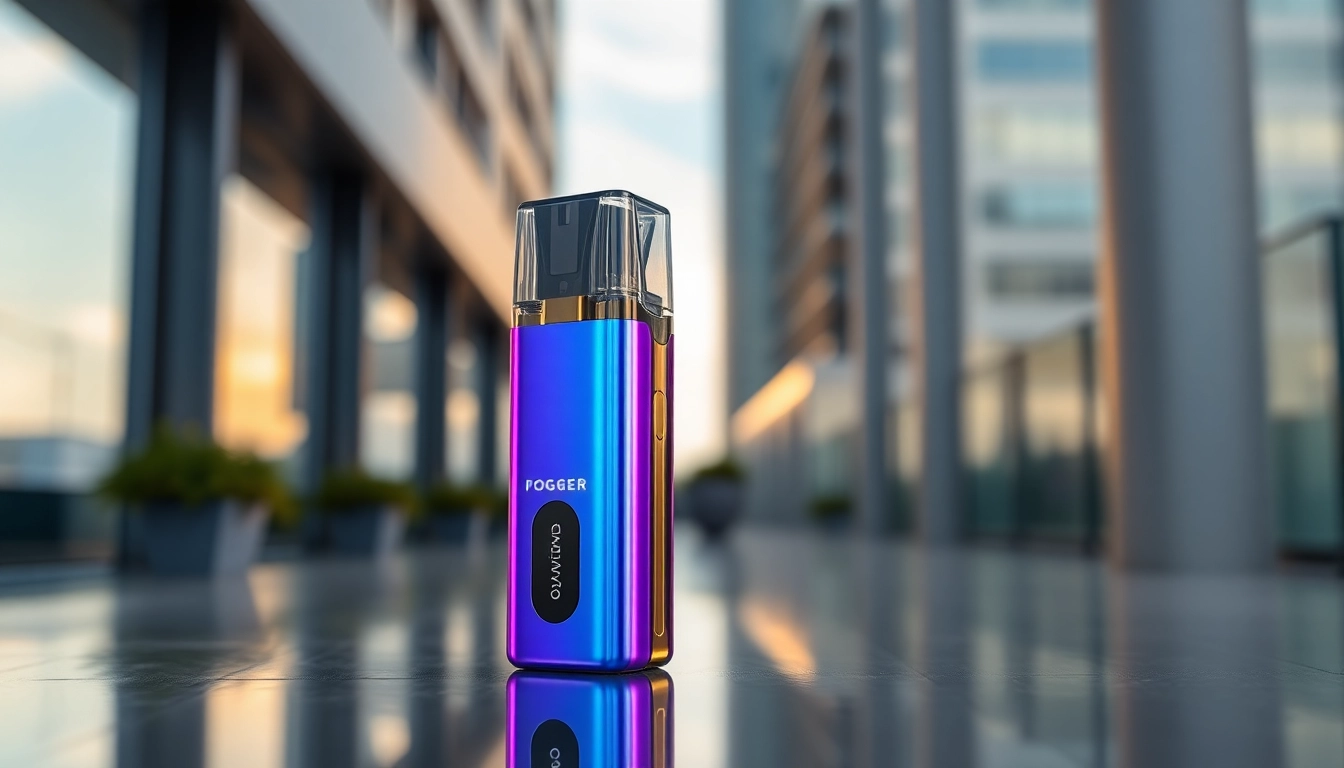
Understanding Mobility Equipment
What is Mobility Equipment?
Mobility equipment encompasses devices and tools designed to assist individuals with mobility challenges. This includes a wide range of products that promote independence, enhance safety, and facilitate daily activities for individuals facing various mobility limitations. From wheelchairs and scooters to walkers and canes, the primary purpose of mobility equipment is to aid movement and improve the quality of life. According to research, approximately 1 in 5 adults in Australia experience some form of disability, and mobility assistive devices play a crucial role in their daily lives. Exploring mobility equipment options can enable users to regain their independence, engage more fully in community activities, and enhance their overall well-being.
Types of Mobility Equipment Available
There are numerous types of mobility equipment available to cater to diverse needs. Here are some of the most common categories:
- Wheelchairs: Available in manual and electric models, wheelchairs are designed for individuals who have limited mobility and need assistance moving from place to place.
- Scooters: Mobility scooters offer a convenient solution for those who struggle with walking long distances. These devices are particularly useful for outdoor use and shopping trips.
- Walkers: Walkers and rolling walkers (or rollators) provide support and stability for individuals who are unsteady on their feet or recovering from surgery.
- Canes and Crutches: Canes assist users in maintaining balance and stability, while crutches are generally used following injuries or surgery to aid in mobility.
- Home Modifications: This may include ramps, stairlifts, and grab bars that enhance accessibility within living spaces.
Benefits of Using Mobility Equipment
The benefits of mobility equipment extend beyond mere transportation. These tools provide crucial support in various aspects of life, including:
- Increased Independence: Mobility equipment empowers users to traverse their environment with confidence, allowing for greater personal freedom.
- Enhanced Safety: By offering stability and support, mobility devices significantly reduce the risk of falls and accidents, especially for seniors.
- Improved Quality of Life: With the ability to move freely, individuals can engage more readily in social activities or hobbies they love.
- Health Benefits: Maintaining mobility encourages physical activity, which is essential for overall health and well-being.
Choosing the Right Mobility Equipment
Assessing Individual Needs
Choosing the right mobility equipment starts with a thorough assessment of individual needs. Factors to consider include:
- Mobility Limitations: Understanding the specific type and extent of mobility impairment will guide the selection of appropriate equipment.
- Physical Condition: Factors such as strength, balance, and coordination should be assessed to determine the most suitable equipment.
- Living Environment: Consideration of the user’s home and community environment will impact the choice of mobility aids. For instance, those living in multi-story homes may benefit from stairlifts.
Comparing Features and Options
Once individual needs are identified, the next step involves comparing various products on the market. Key features to evaluate include:
- Weight Capacity: Ensure the chosen mobility equipment can accommodate the user’s weight safely.
- Portability: For those who travel or have limited storage space, evaluating how easily mobility aids can be transported is essential.
- Adjustability: Look for equipment that can be adjusted for height, armrests, or other features to improve comfort and usability.
- Durability: High-quality materials are crucial to ensure longevity and reliability.
Consulting Professionals for Expert Advice
Consulting health professionals, such as occupational therapists or physiotherapists, can provide valuable insights into selecting the right mobility equipment. They can conduct assessments to determine which options may work best based on individual capabilities, the intended use of the devices, and the user’s personal preferences. Additionally, they might also offer demonstrations and trials of different equipment.
Using Mobility Equipment Effectively
Essential Tips for Daily Use
To maximize the benefits of mobility equipment, users should keep the following tips in mind:
- Practice Regularly: Familiarize yourself with the equipment to enhance confidence and skill in using it.
- Stay Mindful of Safety: Always use the equipment as designed, and stay within the recommended weight limits for safety.
- Adjust as Needed: Regularly check that all settings are correct and adjustments are made for comfort and safety.
- Plan Ahead: Whenever possible, ensure accessibility in public places or at home to facilitate smooth transitions.
Maintaining Your Mobility Equipment
Proper maintenance of mobility equipment is critical to ensure it remains safe and functional over time. Here are essential maintenance practices:
- Regular Inspections: Conduct frequent checks for wear and tear, especially on wheels, brakes, and moving parts.
- Cleansing: Keep the equipment clean to prevent dirt buildup, which can lead to malfunction or wear.
- Professional Servicing: Schedule regular maintenance checks with professionals to detect any underlying issues before they become major problems.
Adapting Your Environment for Accessibility
Making home and community environments more accessible is vital for enhancing mobility. Consider the following adaptations:
- Eliminate Obstacles: Remove clutter and ensure clear paths for ease of movement.
- Install Ramps: Use ramps for entryways or thresholds, especially for wheelchair users.
- Modify Bathrooms: Install grab bars and use non-slip mats to facilitate safer use.
- Ensure Adequate Lighting: Good lighting reduces the risk of falls and helps users navigate better during low-light situations.
Overcoming Challenges with Mobility Equipment
Dealing with Common Misconceptions
Several misconceptions about mobility equipment can hinder its use. Addressing these challenges can encourage greater acceptance and use:
- Stigma: Some individuals feel embarrassed or stigmatized by using mobility devices. Education and public awareness campaigns can help change societal attitudes toward mobility aids.
- Dependency: A common myth is that using mobility equipment leads to increased dependency. In reality, these tools are designed to promote independence and autonomy.
Navigating Public Spaces
Navigating public spaces can present challenges for mobility device users. Some strategies include:
- Plan Ahead: Familiarize yourself with accessible routes before you go out.
- Using Accessibility Features: Use public transport services equipped with features for individuals who rely on mobility aids.
- Seek Assistance: Don’t hesitate to ask for help if needed; many people are willing to assist.
Finding Support and Resources
Numerous organizations and community resources can offer support for users of mobility equipment. They provide information on available aids, funding opportunities, and social support. Connecting with local associations dedicated to mobility challenges can also facilitate the sharing of experiences and solutions.
The Future of Mobility Equipment
Innovations in Mobility Solutions
The field of mobility equipment is continuously evolving. Recent innovations include:
- Smart Technology: Incorporation of IoT device connectivity allows for equipment tracking, diagnostics, and more responsive user interfaces.
- Lightweight Materials: Advances in materials science have led to the creation of lighter, more durable mobility aids.
- Wearable Devices: These can complement traditional mobility aids to provide additional support and monitoring for users.
Community Contributions and Initiatives
Community organizations play a vital role in raising awareness and providing resources for individuals using mobility equipment. Initiatives may include:
- Advocacy: Fighting for policies that ensure accessibility and support for mobility device users.
- Workshops: Providing educational workshops for users and caregivers on the effective use of mobility equipment.
- Funding Programs: Offering financial assistance to help individuals obtain necessary mobility aids.
Making Mobility Equipment More Inclusive
There is a growing movement towards making mobility equipment more inclusive and accessible to everyone. This can involve:
- Community Inclusivity: Promoting environments where mobility aids are normalized and accepted in daily life.
- Custom Solutions: Encouraging manufacturers to develop tailor-made solutions suitable for various users.
- Collaborative Development: Involving users in the design process to ensure products meet real needs and preferences.





